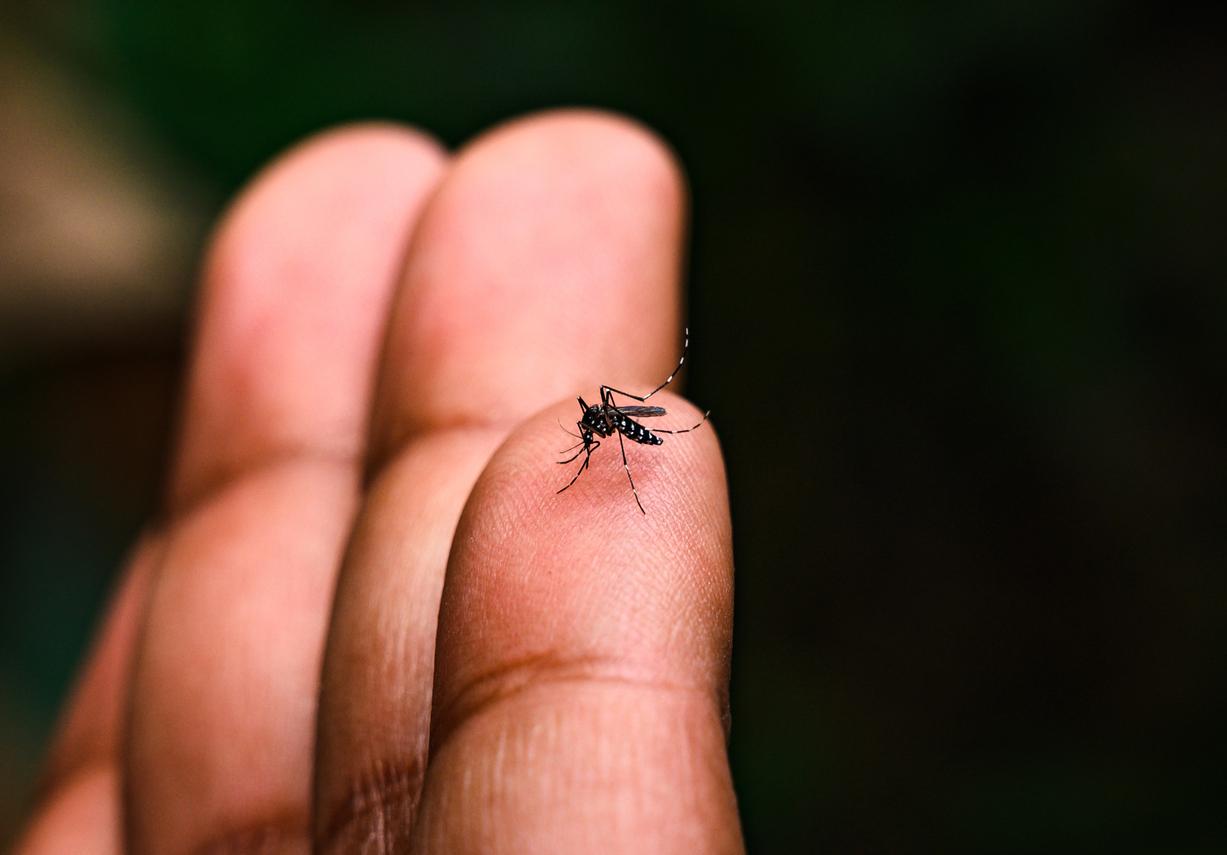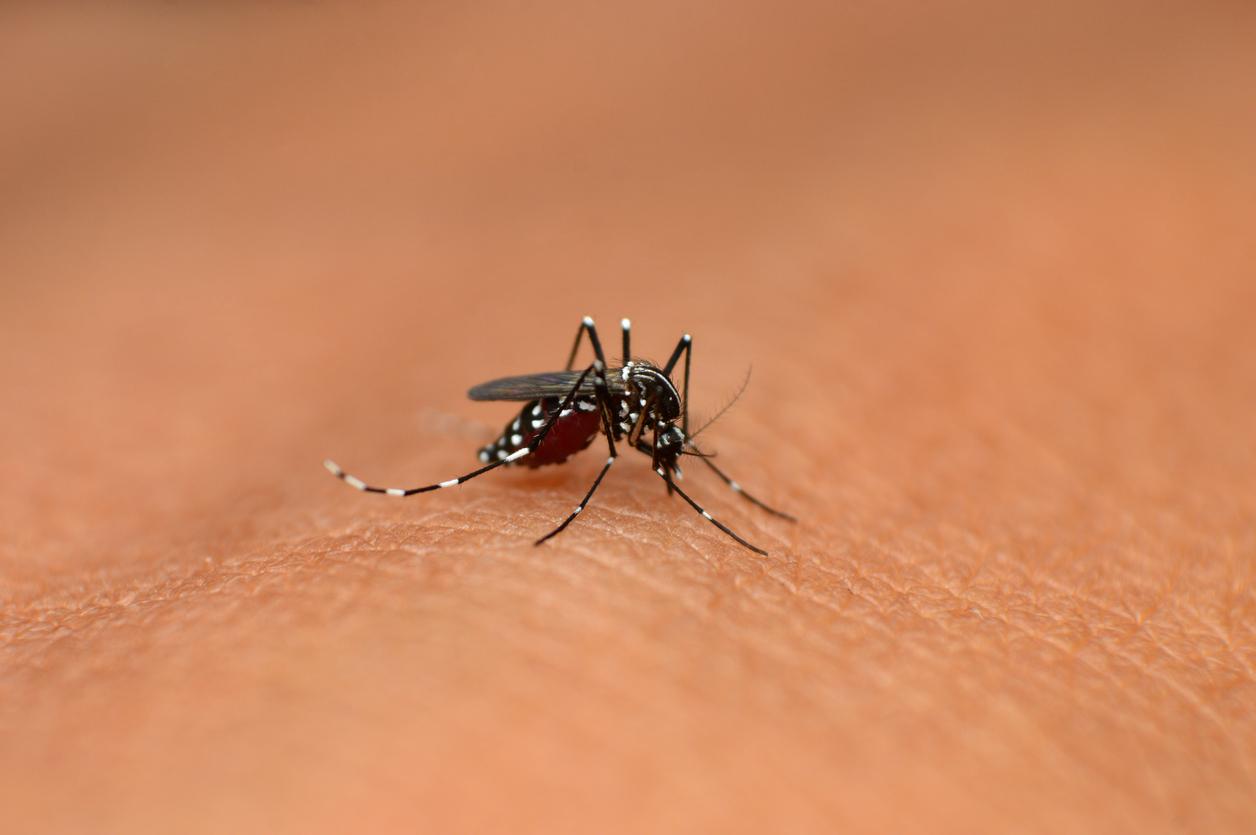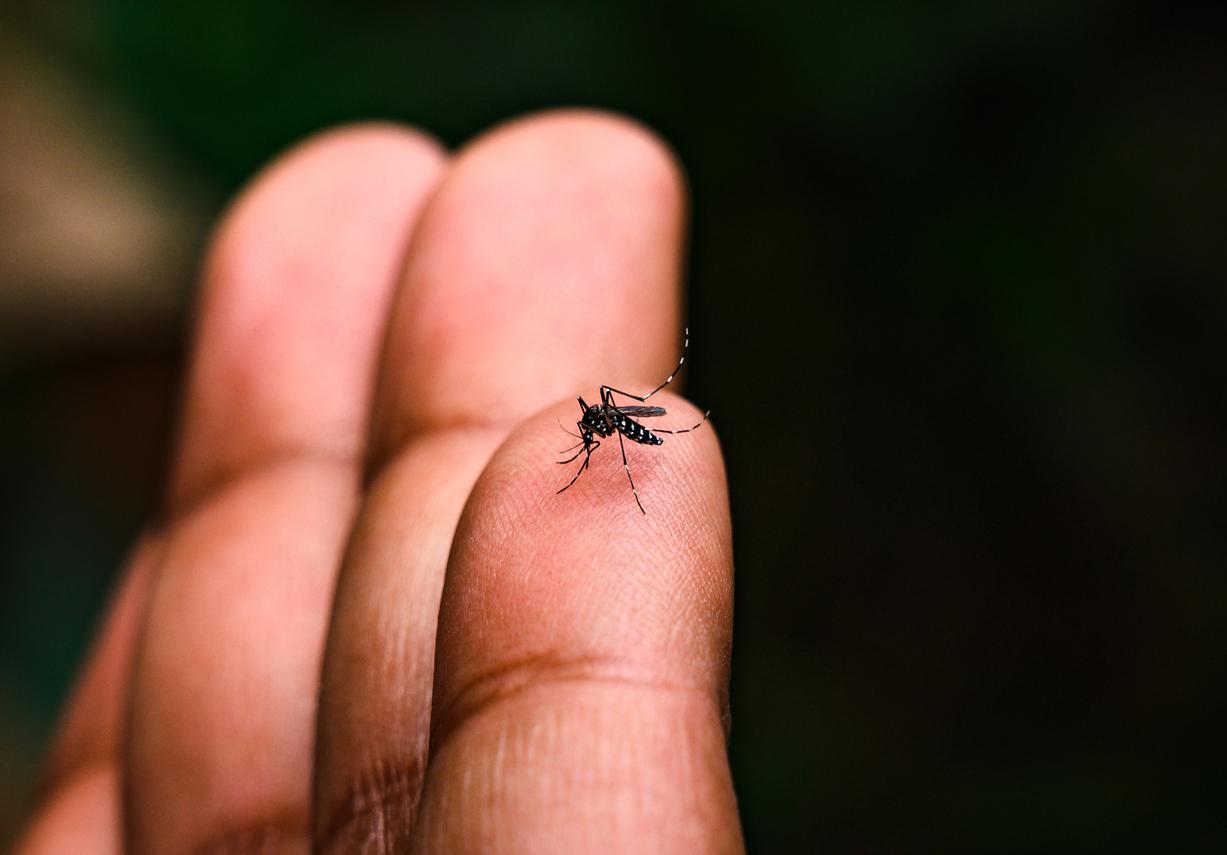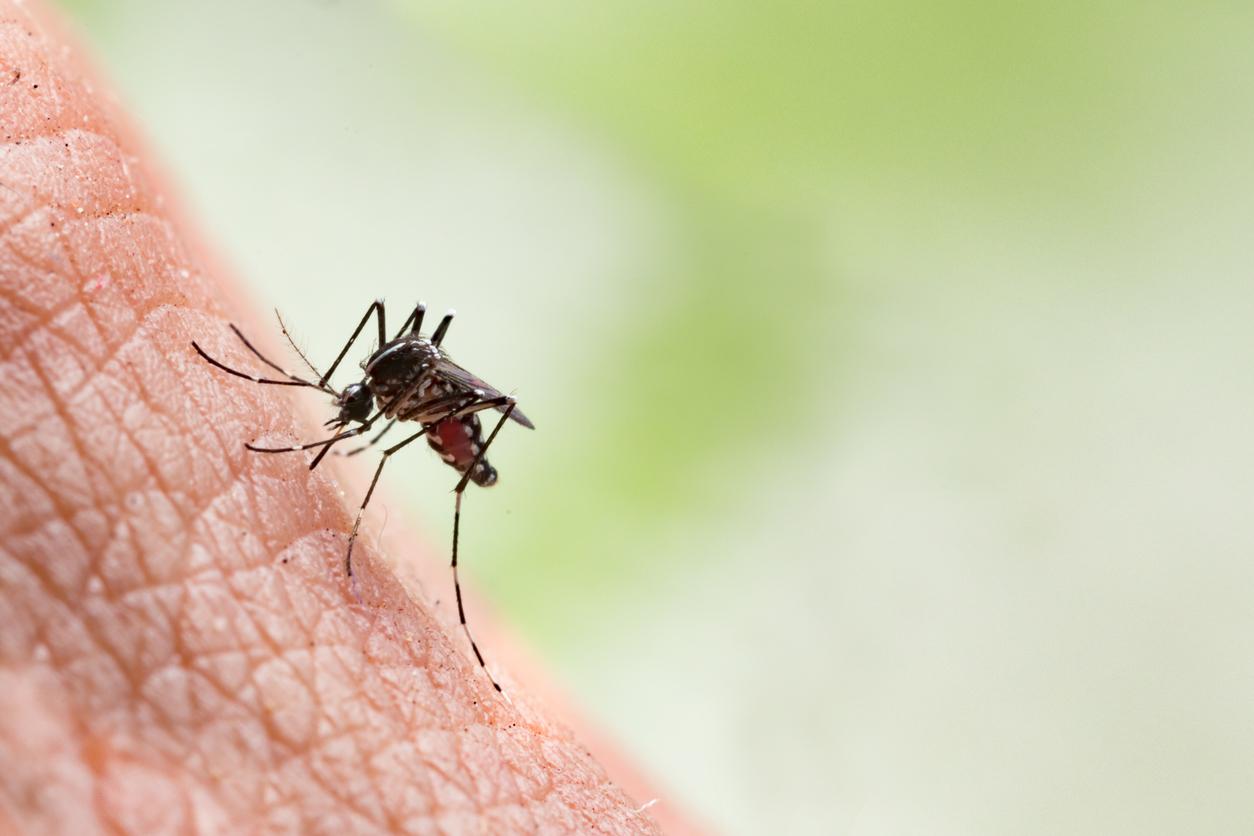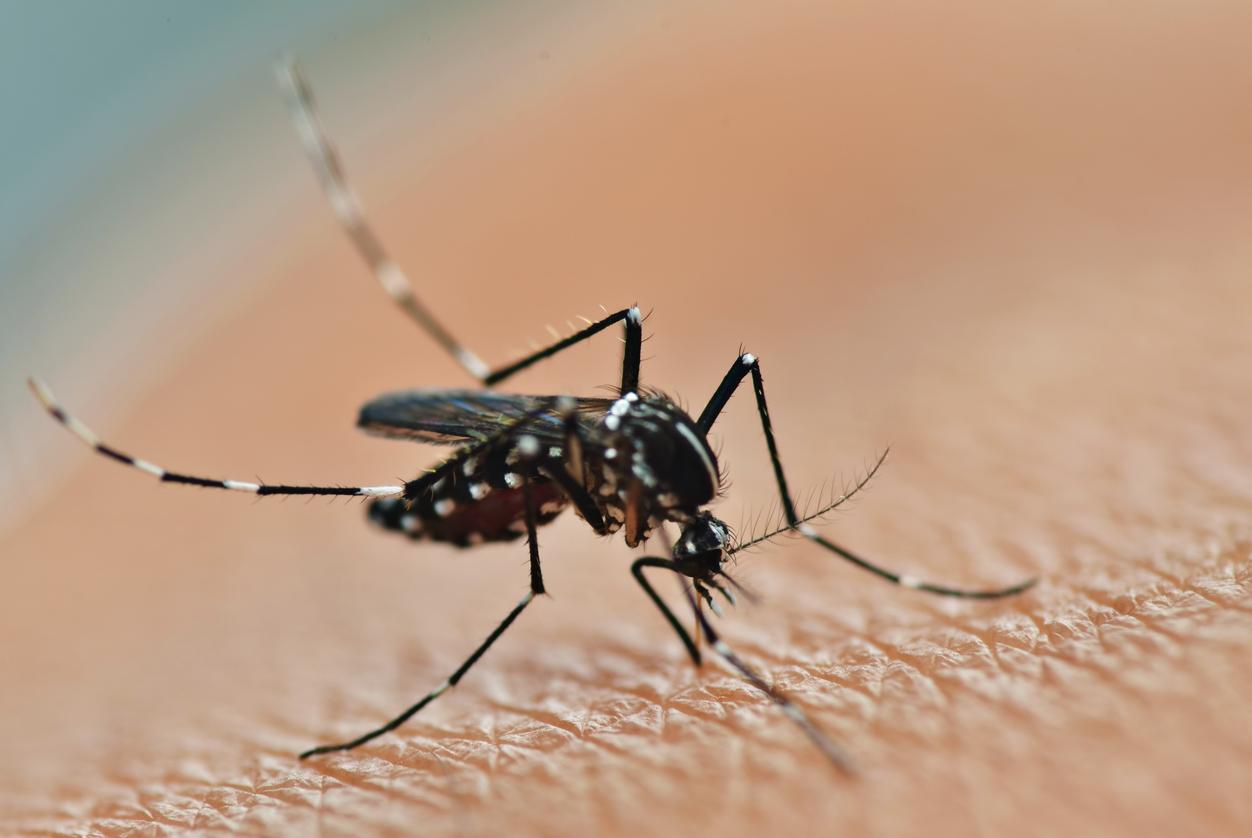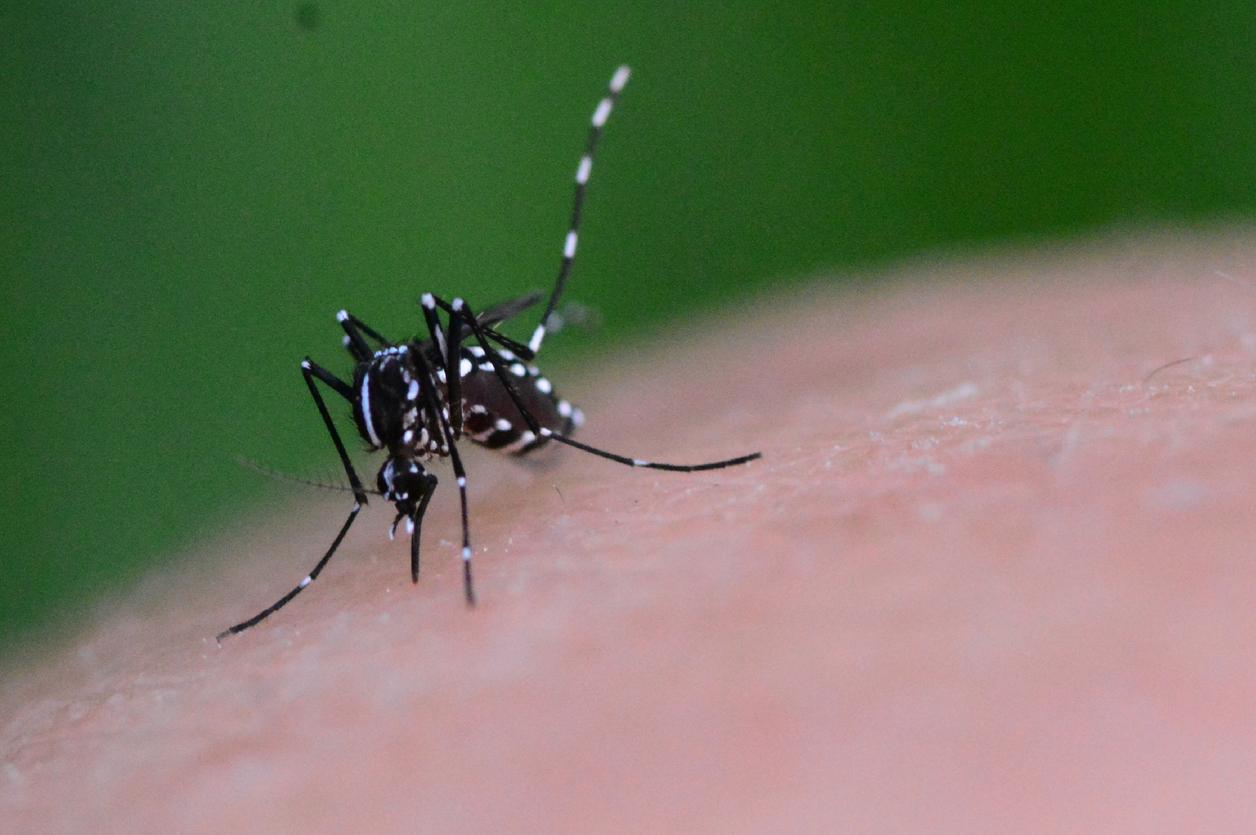In France, the tiger mosquito is now active in 63 departments. In Florida, a biotechnology company launches the counterattack.
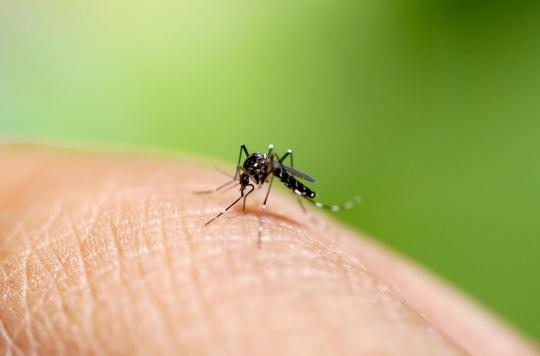
- The tiger mosquito is recognized by the presence of white spots on its legs.
- It is dangerous because it potentially carries several diseases, usually present in tropical areas, such as dengue fever, chikungunya and zika.
- In Florida, the goal is to eradicate these diseases without resorting to dangerous chemical insecticides while sparing other insects and preserving the environment.
Each year, the tiger mosquito inexorably gains ground. The first were spotted in 2004, in the south of France. In 2015, they were present on half of the territory. This year, six new departments are placed on red alert, where the tiger mosquito is implanted and active, according to the site vigilance-mosquito. Mayenne, Cantal, Haute-Vienne, Jura, Drôme and Doubs bring to 63 the number of departments where the tiger mosquito has settled. Six other departments have gone into orange vigilance, that is to say that the insect has been intercepted there punctually over the past 5 years. These are Allier, Loir-et-Cher, Haute-Loire, Oise, Yonne and Val d’Oise.
Resistant insects gaining ground
The tiger mosquito, which can be recognized by the presence of white spots on its legs, manages to gain ground thanks to the resistance of its eggs. The latter are able to survive for three months, or even up to nine months in some cases, in times of drought. The expansion of the tiger mosquito is closely monitored by the authorities because this insect carries several diseases, usually present in tropical areas, such as dengue fever, chikungunya and zika.
Last year, a commission of inquiry of the National Assembly took a close interest in these insects which, according to it, will “represent a major health risk throughout the territory” in the “next decades”. Fighting the tiger mosquito is complex because it can resist chemicals. Its anthropophilic character, that is to say that it loves places inhabited by man, means that once it has settled in a territory, it is practically impossible to get rid of it. When it bites an infected person, it becomes a carrier and can infect another individual. Special traps can help protect against the tiger mosquito. It is recommended to wear covering and clear clothing. The website tiger mosquito info recalls that it likes to deposit its larvae in stagnant water: vases, saucers, gutters, flat roofs, etc. It is therefore necessary to ensure that these places do not collect stagnant water.
In Florida, a counter-offensive of genetically modified mosquitoes
In an attempt to eradicate them, Florida is preparing to release 500 million genetically modified mosquitoes to eliminate the local population of this potential disease-carrying insect. This experiment, which should last 18 months and which is driven by the British biotechnology company Oxitec, was approved in May 2020 by the US Environmental Protection Agency (EPA) which issued special permission allowing companies to test new pesticides in the field. In this specific case, these are mosquitoes that have a specific gene, named OX5034, which prevents any female offspring from reaching adulthood. The half-billion insects that will be released are all males, so they don’t bite humans, and they will then breed with wild females to pass the gene on to them to ultimately eliminate all female mosquitoes from the region. .
The mosquitoes targeted by this operation are the Aedes aegyptia species that does not represent only 2-4% of the Florida Keys mosquito population but are important vectors of disease. The objective is to stop the spread of diseases such as dengue fever and zika, without resorting to dangerous chemical insecticides, argues Oxitec, while sparing other insects, such as bees and butterflies and preserving the environment.
A controversial project
Many voices have been raised against this project, arguing that the transgenic mosquito and the wild population will create genetic hybrids. Collector cups will be set up around the region to check how well the modified genome is proliferating and if any of the female mosquitoes manage to survive and reproduce, the experiment will end immediately, Oxitec said.
Many residents and environmental activists have denounced a lack of consent and a lack of transparency. “For members of the community who are going to be on the front lines of one of the first mass releases of GMO insects in the United States, […] it’s a matter of health, safety and the environment”, estimated Dana Perls, head of the environmental group Friends of the Earth who requires independent testing to certify that Oxitec products are safe. It is not too late. The EPA should hit the pause button, and since this could be the first release of genetically engineered insects on this scale, we need to do it right..”

.









